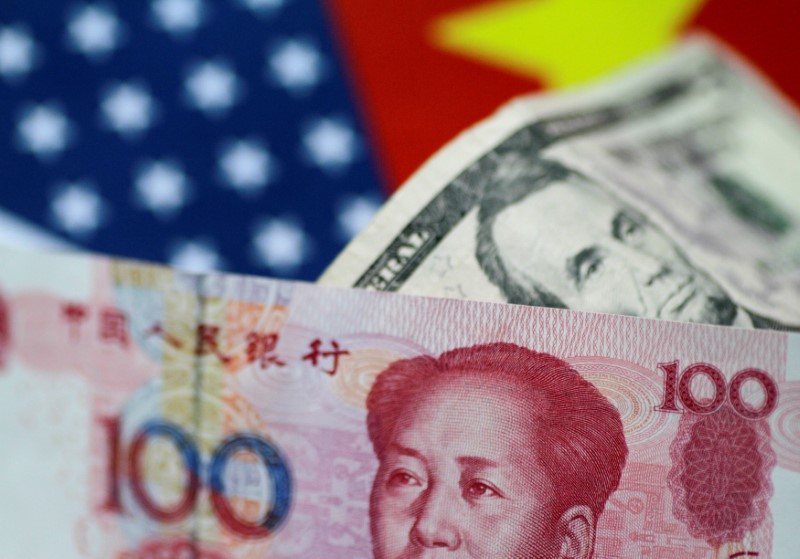Most Asian currencies moved in a tight range on Wednesday with the yuan treading water after China left benchmark rates unchanged, while the dollar steadied from recent losses.
Regional markets saw a dearth of major cues this week, as traders mostly held back on big bets in anticipation of more cues on what a Donald Trump presidency will entail for the U.S.
This notion also helped the dollar steady from three straight days of losses, while investors grew more uncertain over the path of U.S. interest rates.
Most Asian currencies were also nursing steep losses over the past two weeks as the dollar shot up to one-year highs after Trump’s election. The Japanese yen was among the worst-hit by this trade.
Chinese yuan muted as PBOC leaves rates unchanged The Chinese yuan moved little on Wednesday, with the USDCNY pair hovering around three-month highs.
The People’s Bank of China left its benchmark loan prime rates unchanged as widely expected, after trimming the rate last month.
Analysts said Beijing was likely holding off on unlocking more economic support in the face of uncertainty over a Trump presidency, given that he has vowed to impose steep trade tariffs on China.
Wednesday’s hold also comes at the heels of several more stimulus measures from China since late-September, although Beijing is yet to unlock more targeted fiscal measures.
Dollar steadies after three days of losses The dollar index and dollar index futures steadied in Asian trade after retreating for the past three sessions.
The greenback was hit with some profit-taking after surging to one-year highs in the wake of a Trump presidency. More recently, growing uncertainty over the path of U.S. interest rates also buoyed the dollar.
Traders were seen pricing in a 61% chance the Federal Reserve will cut interest rates by 25 basis points in December, and a 39% chance rates will remain unchanged, CME Fedwatch showed.
But the long-term outlook for rates was uncertain, especially with Trump expected to dole out more expansionary policies, which could potentially boost inflation.
Broader Asian currencies mostly moved in a tight range on Wednesday. The Japanese yen remained fragile, with the USDJPY pair rising 0.3% and remaining close to near four-month highs.
Japan clocked a bigger-than-expected trade deficit in October, with focus turning to upcoming consumer inflation data from the country due on Friday.
The Australian dollar’s AUDUSD pair fell 0.1%, while the Singapore dollar’s USDSGD pair rose 0.1%.
The South Korean won’s USDKRW pair was flat, as was the Indian rupee’s USDINR pair. The rupee remained close to record lows against the dollar, hit earlier in November.













